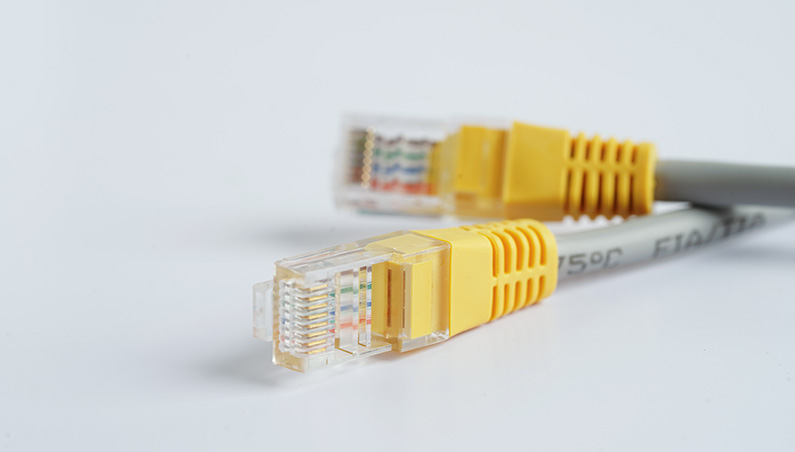The last two and a half years have made it clearer than ever that broadband connectivity is key to successful learning, whether learning takes place in the classroom, in the community, or at home. Wireless connectivity is a key component of this and to bridging the digital divide. While 99% of rural Americans are covered by 4G networks, more can be done to connect rural towns and schools.
Spectrum is the lifeblood of mobile networks; therefore, smart spectrum policy is crucial to making sure our communities and students get the connectivity we need. This starts with spectrum auctions, in particular, of more exclusive-use, licensed spectrum with full-power levels.
Exclusive use spectrum auctions give wireless providers the certainty they need to invest resources, which is essential in rural areas to encourage network buildout. Additionally, providers that participate in auctions help raise billions of dollars for the U.S. government. These are resources that Congress could dedicate toward improving rural connectivity to license that spectrum.
However, exclusive-use spectrum will be less valuable—from both monetary and utility perspectives—if it’s not allocated at full power levels, and where that really hits home is in rural areas.
Full power levels boost network capacity, using fewer cell sites, which is efficient and cost-effective. This is particularly important in rural America, where the terrain can make it hard to place cell sites, and the sparse population levels make it essential to squeeze value out of every dollar invested in wireless networks.
To illustrate what different power levels mean in reality, a recent Rysavy Research paper found that spectrum with low power levels could require up to seven times the number of cell sites to provide coverage to a rural area than spectrum with full power levels. That’s just not realistic. Rural America needs it to be easier for providers to invest in our communities’ connectivity, not harder.
Allocating spectrum to providers in ways that encourage network investment has a chain effect, sparking new innovations that meet consumer needs and help bridge the digital divide. Wireless companies have been rolling out fixed wireless access technologies in recent months, bringing more high-speed connectivity options to rural households.
Accenture estimates that 5G fixed wireless deployments could serve up to 43% of America’s rural households, which would be a game-changer for rural students trying to keep up in an increasingly online education system. More high-speed internet offerings would also give rural consumers choices, and choice is key for encouraging continued service improvements.
As the voice of rural schools and communities across the U.S., we want to see policymakers think carefully about what will actually help create the continuous network connectivity rural America needs to keep up with the rest of the nation—beginning with full-power, licensed spectrum.

